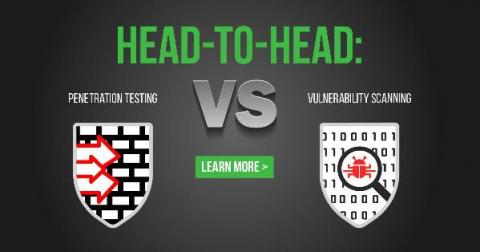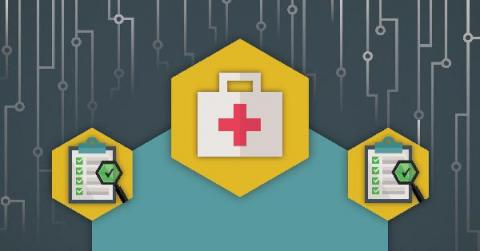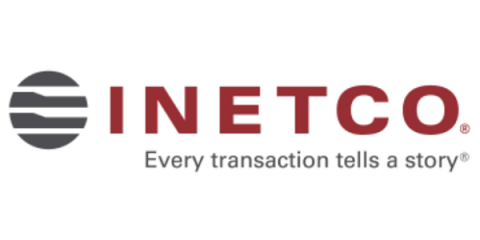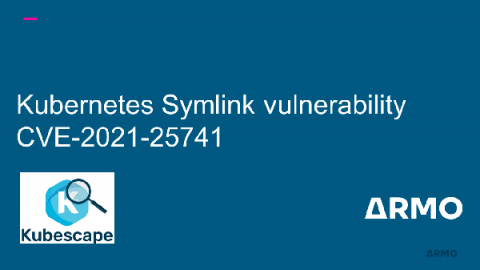How to Map HIPAA to ISO 27001
The Health Insurance Portability and Accountability Act (HIPAA) of 1996 is a U.S. federal law meant to protect sensitive electronic protected health information (ePHI). Every healthcare organization (“covered entity”) must comply with its two fundamental rules. In 2013, the U.S. Department of Health and Human Services (HHS) passed the HIPAA Omnibus Final Rule, which expanded compliance requirements to the business associates that also handle ePHI on behalf of covered entities.










